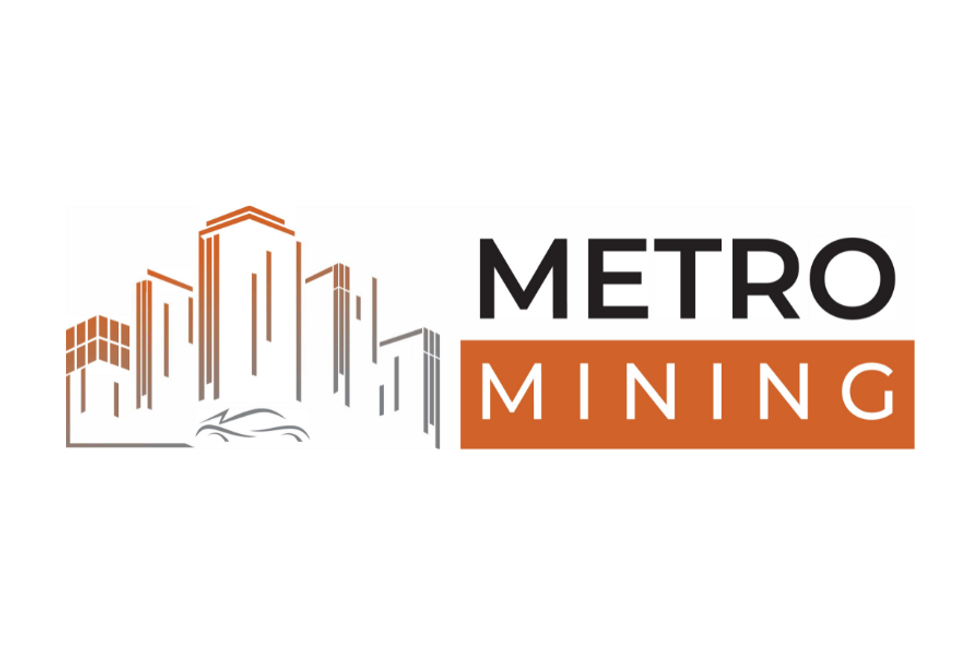Japan Cranking Out Scrap Aluminum as Prices Rise
Exports of Japanese aluminum scrap are approaching record levels this year, fueled by a weaker yen and higher recycling capacity in Korea.
 Exports of Japanese aluminum scrap are approaching record levels this year, fueled by a weaker yen and higher recycling capacity in Korea, Bloomberg reported.
Exports of Japanese aluminum scrap are approaching record levels this year, fueled by a weaker yen and higher recycling capacity in Korea, Bloomberg reported.
“This year’s exports will be a record if the yen and aluminum prices remain stable,” according to Shigeyuki Fukushima, executive vice president of the unit of Mitsui & Co. (TYO:8031), Japan’s second largest trading house,” as per Bloomberg. “Shipments reached an all-time high of 148,000 metric tons in 2009 and were 120,000 tons in the first nine months of this year, finance ministry data show.”
The article notes that Korea — a major destination of Japanese scrap aluminum — has significantly upped its capacity for recycling the metal, thanks to the opening last year of Asia’s largest aluminum beverage can recycling center in South Korea with capacity of 265,000 tons. Asian carmakers are also expected to demand more aluminum in the next five years as they make the move to lighter vehicles.
The export price for aluminum scrap destined for South Korea rose to 148.8 yen or $1.50 a kilogram in September, compared to 113.9 yen a year earlier, according to data from the Japanese finance ministry quoted by Bloomberg.
Meanwhile Platts noted that Japan’s scrap aluminum prices rose 5 to 8 percent compared to a year ago due to tightening supply.
“Volume of scrap generated at appliance manufacturing plants remained low due to lower-than-expected run rates. Some scrap dealers may also be holding back in expectation of higher prices in the near term, traders said.”
Company news
A decision by United Co. Rusal (EPA:RUSAL), the world’s largest producer of aluminum, to close unprofitable plants to cut costs has borne fruit. The Russian company narrowed third-quarter losses to $172 million, compared to $458 million in the second quarter.
Rusal temporarily ceased aluminium production at the Volgograd, Volkhov and Urals aluminium smelters and at the first phase of the Novokuznetsk aluminium smelter, as well as parts of the Bogoslovsk and Nadvoitsy aluminium smelters.
“Conditions within the aluminum market remain challenging, and there is still a long way to go before we see a marked improvement,” CEO Oleg Deripaska said in a statement, noting “the Western aluminum market is expected to move to a production balance deficit,” in Q4.
The company said the global aluminum market excluding China will be in deficit by 1.3 million metric tons in 2014 and 2015, and expects demand for aluminum to rise by 6 percent a year from 2013 to 2015 — both events should be price-supportive.
The Wall Street Journal reported that shares of major aluminum producers fell last Thursday due to new London Metal Exchange rules that could depress aluminum prices.
According to WSJ, in announcing rules designed to speed delivery of metal from its global warehouses, shares in Alcoa (NYSE:AA) fell 7.5 percent while Rusal slipped 2.9 percent. Major metal users like Coca-Cola (NYSE:KO) pressured the WSJ to change the rules to speed up bottlenecks at warehouses that were inflating their costs. However, speeding the flow of aluminum out of warehouses could also put pressure on the aluminum price, explained WSJ.
Price update
The aluminum price on the London Metals Exchange fell this past month, slipping to $1,754.50 per tonne on a cash bought basis, as of Nov. 12. On Oct. 15 cash buyers were paying $1,854.50, which was a rise of about $110 a tonne from the previous month.
The three-month Asian benchmark price for aluminum on Tuesday was $1,807.50, compared to $1,854.59 a month ago.
Securities Disclosure: I, Andrew Topf, hold no direct investment interest in any company mentioned in this article.
Related reading:
